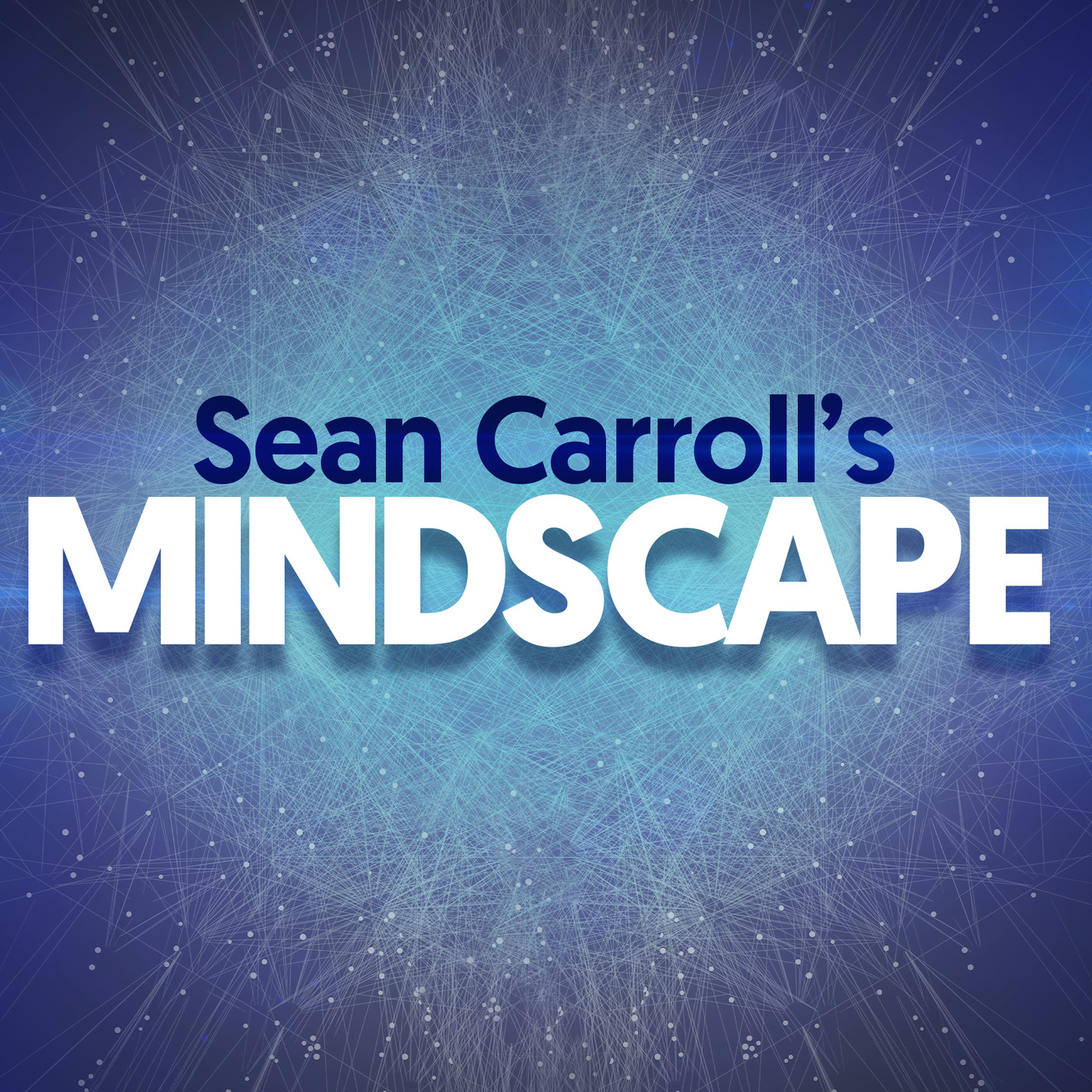
66 | Will Wilkinson on Partisan Polarization and the Urban/Rural Divide

Sean Carroll's Mindscape: Science, Society, Philosophy, Culture, Arts, and Ideas
Shownotes Transcript
The idea of “red states” and “blue states” burst on the scene during the 2000 U.S. Presidential elections, and has a been a staple of political commentary ever since. But it’s become increasingly clear, and increasingly the case, that the real division isn’t between different sets of states, but between densely- and sparsely-populated areas. Cities are blue (liberal), suburbs and the countryside are red (conservative). Why did that happen? How does it depend on demographics, economics, and the personality types of individuals? I talk with policy analyst Will Wilkinson about where this division came from, and what it means for the future of the country and the world.
Support Mindscape on Patreon).
Will Wilkinson received an M.A. in philosophy from Northern Illinois University, and an MFA in creative writing from the University of Houston. He has worked for the Mercatus Center at George Mason University and as a research fellow at the Cato Institute, and is currently Vice President of Policy at the Niskanen Center. He has taught at Howard University, the University of Maryland, the University of Tennessee at Chattanooga, and the Iowa Writers’ Workshop. He has written for a wide variety of publications, including The New York Times, The Economist, The Washington Post, The Atlantic, Vox, and The Boston Review, as well as being a regular commentator for Marketplace on public radio.
- Web site)
- Niskanen web page)
- The Density Divide: Urbanization, Polarization, and Populist Backlash)
- Writing at The New York Times)
- Wikipedia)
- Twitter)
See Privacy Policy at https://art19.com/privacy) and California Privacy Notice at https://art19.com/privacy#do-not-sell-my-info).